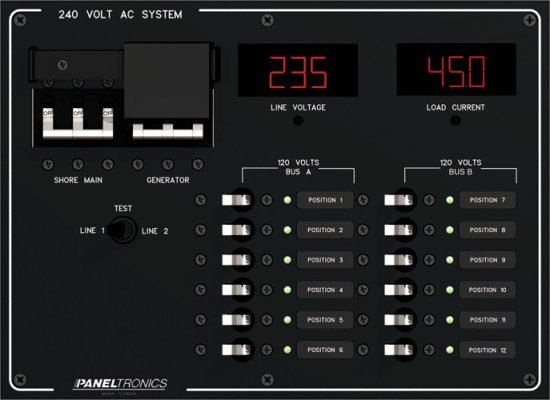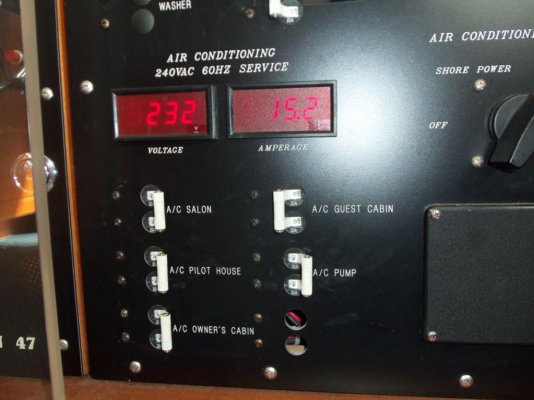sum escape
Senior Member
- Joined
- Jun 30, 2014
- Messages
- 231
- Location
- Cruising, currently Longboat Key, FL
- Vessel Name
- Sapphire
- Vessel Make
- Tiara 53 Fly
In planning stage for Great Loop (Fall 2015 departure). Have 50 amp service on our new to us boat, a 2006 Grand Banks 47. I assume some of the AC equipment on my boat run on 220-240 volt and some on 110-120 volt? Or does 220 come into the boat only to be dropped to 110 for all service?
The reason I ask:
I plan to get a smart "Y" adapter (2 30 amp male to one 50 amp female) but my understanding is you need two 30 amp from same service to make it work. That's all fine if there are two available.
Let's say I get to a dock where only one 30 amp 110-120 volt service is available. If I had a single 30 amp male to 50 amp female pigtail, could I just power the 110-120 volt stuff?
What do experienced cruisers carry for hook ups?
Thanks.
The reason I ask:
I plan to get a smart "Y" adapter (2 30 amp male to one 50 amp female) but my understanding is you need two 30 amp from same service to make it work. That's all fine if there are two available.
Let's say I get to a dock where only one 30 amp 110-120 volt service is available. If I had a single 30 amp male to 50 amp female pigtail, could I just power the 110-120 volt stuff?
What do experienced cruisers carry for hook ups?
Thanks.



